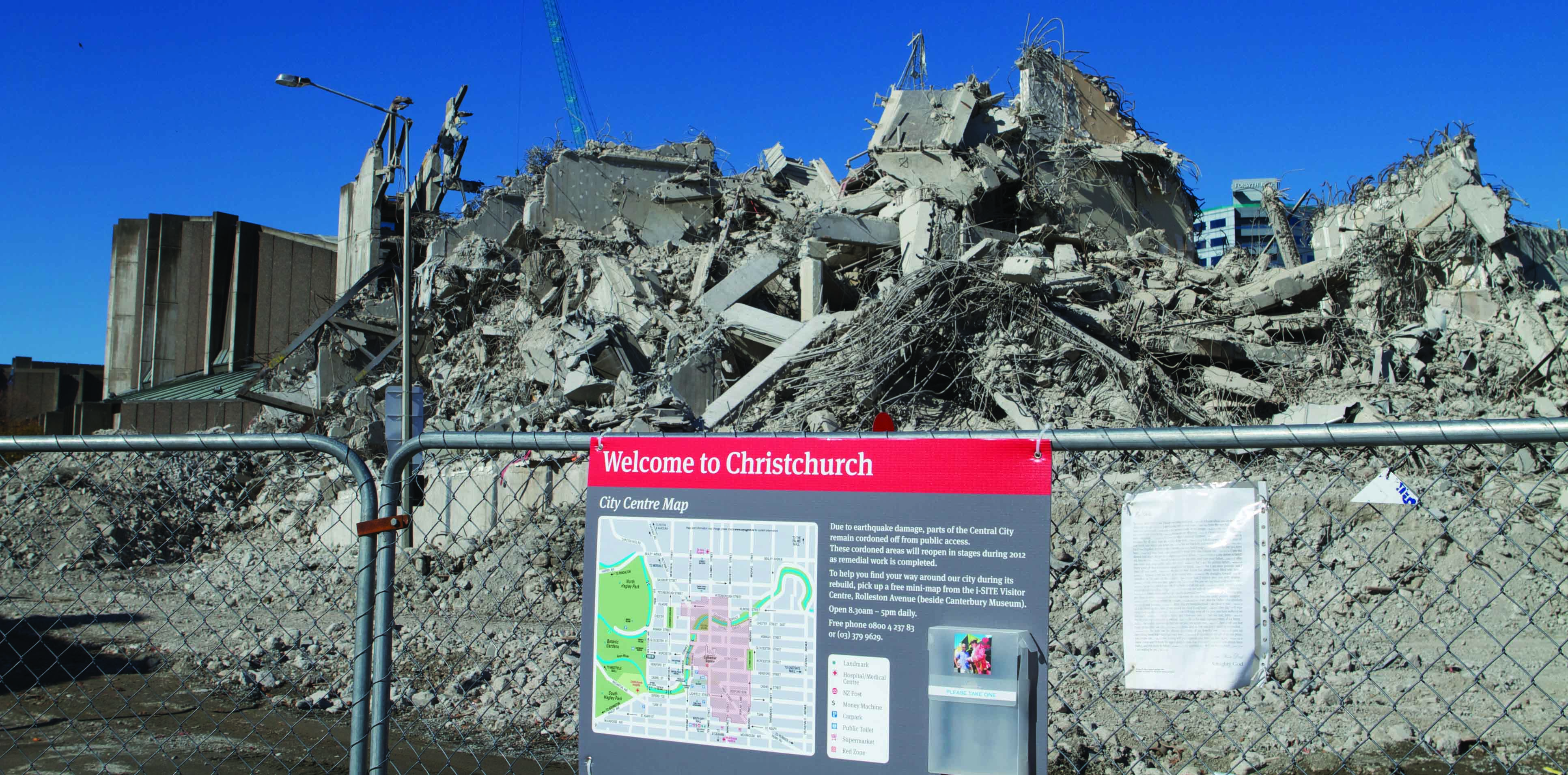The health risks that emerge, and the challenges faced by GPs, after a natural disaster are similar, regardless of the type of catastrophe
When the 2011 earthquake flattened Christchurch in New Zealand, killing 185 people and injuring thousands, the GPs in the city went into emergency response mode.
They had planned for what to do in the event of an infectious disease outbreak, but they had never thought about how to coordinate healthcare in the aftermath of a 6.3-magnitude earthquake, Dr Penelope Burns, a GP and PhD candidate at ANU, told The Medical Republic.
Their epidemic planning paid off that day, however, because the GPs had a few strategies up their sleeves for coping with the chaotic situation, she said.
“There are little differences with each type of disaster, but preparedness is about being prepared for everything,” said Dr Burns.
“If you are prepared for a fire, then you are partially prepared for a flood.
“Even though there are different elements you need to consider, you’ve still gone through the process – What if the phone goes down? How do I contact staff? How do I make sure medication continuity occurs? All those sorts of things.”
Dr Burns’ yet-to-be-published systematic literature review of 165 papers shows that similar health risks are associated with bushfires, earthquakes, tsunamis, storms and hurricanes.
“Even though there are a few differences, like there’s obviously more smoke effects from a bushfire, the other effects, like the hypertension, the diabetes, the mental health effects, are all quite consistent across hazards,” she said.
People who abandon their homes for disaster shelters often leave their medications and prescriptions behind.
Diet and exercise habits change dramatically during an emergency, and glycaemic control is one of the first things to go.
“Even 18 months after Hurricane Katrina, you could still see the deterioration in diabetic care,” Dr Burns said.
After the 2013 bushfires in the Blue Mountains in New South Wales destroyed around 200 homes, Dr Burns collaborated with the Nepean Blue Mountains Primary Health Network to coordinate future GP disaster planning.
The PHN developed a register of volunteer GPs who agreed to assist during a disaster.
Evacuation centres were given a “ready to go” medical kit for GPs, containing a fluoro vest emblazoned with the word DOCTOR, a stethoscope, referral forms, pens and blank script pads. The plan also recommended training for GPs in Major Incident Medical Management Support, an internationally recognised qualification.
Dr Burns is currently working on a set of guidelines for family doctors on patient healthcare following a disaster.
“From a general practice point of view, it’s really important to think in advance about what might happen in your area,” she said. “Is it bushfires? Is it floods? Is it huge storms? Then think about those patients that might be more vulnerable at those times and what they might need.
“So, those people with chronic conditions will often say, ‘I don’t need to come in. There are other people that need attention more than me.’
“But they actually do need to get re-assessed in the first few weeks following a disaster.
“Make sure they’ve got their medications. Make sure they don’t have high blood pressure. Make sure their diabetes and their chronic diseases are actually being managed well.”


